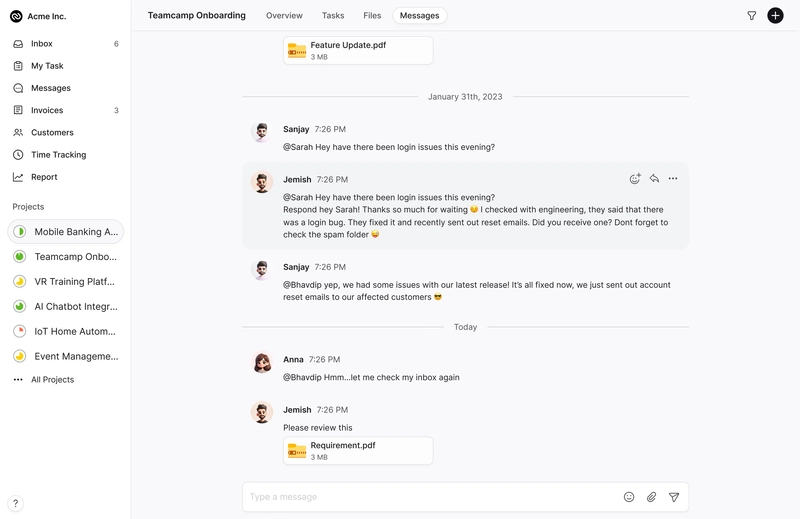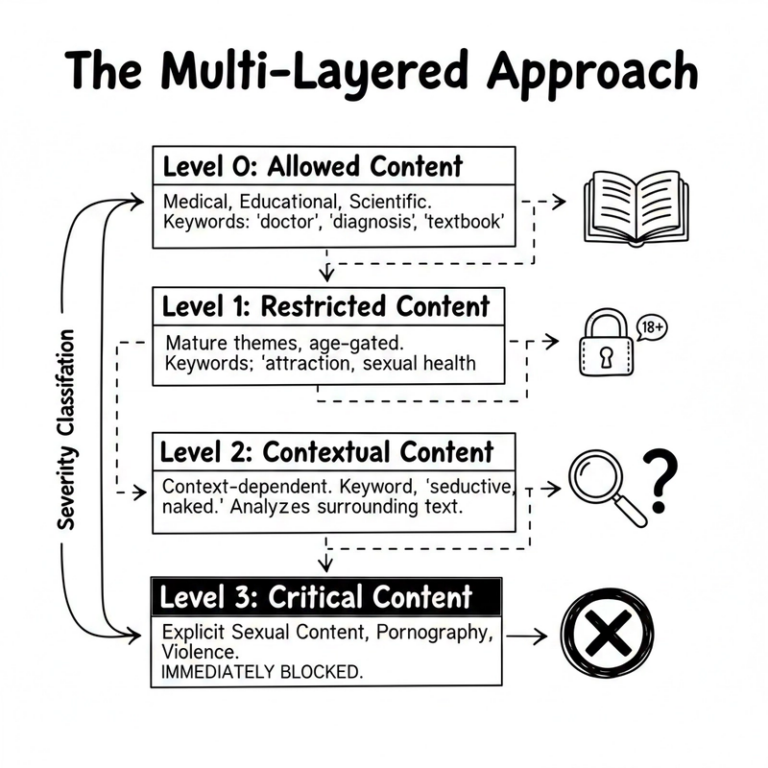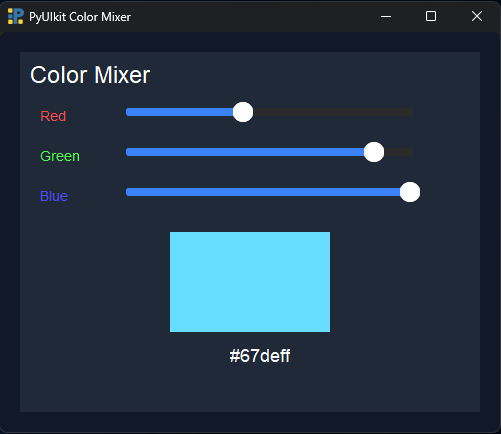Deep Work vs Daily Standups: The Productivity Battle Every Dev Team Faces
You’re deep in the zone. Code flows from your fingers. The architecture makes perfect sense. Then your calendar notification pings: “Daily standup in 5 minutes.”
Your mental model of the system collapses like a house of cards.
This scenario plays out thousands of times daily across development teams worldwide. The tension between necessary collaboration and focused work creates a productivity paradox that most teams struggle to resolve.
The Hidden Cost of Context Switching

Daily standups seem harmless. Fifteen minutes to sync up, share progress, and identify blockers. What could go wrong?
Everything, according to recent research. Studies show that developers need up to 23 minutes to regain focus after an interruption. When you factor in the mental preparation before meetings and the cognitive residue afterward, that “quick” standup can destroy 45-60 minutes of productive time.
Consider this: a developer interrupted at 10 AM for a standup might not return to peak focus until 11 AM. If they have another meeting at 2 PM, their afternoon deep work window shrinks to just three hours. Multiply this across a team of eight developers, and you’re looking at 24 lost hours of focused work per day.
The math is brutal. Your team loses the equivalent of three full developer days weekly to context switching from meetings alone.
Explore Teamcamp to Boost your Produvtivity
Why Deep Work Matters for Developers

Deep work isn’t just productivity jargon. It’s the cognitive state where developers solve complex problems, design elegant architectures, and write quality code.
Think about debugging a distributed system. You need to hold multiple service interactions in your head simultaneously. You trace request flows across microservices, analyze logs from different sources, and build a mental model of how data moves through your system. This cognitive load requires sustained attention.
Interruptions during complex debugging sessions force you to rebuild this mental model from scratch. The senior developer who can hold a complex system architecture in their head for four hours straight will always outperform someone who gets interrupted every 30 minutes.
Research from Harvard Business Review confirms that knowledge workers need an average of 52 minutes of uninterrupted work to reach flow state. For developers working on complex problems, this number often extends to 90 minutes or more.
The Standup Paradox
Here’s the irony: standups were designed to reduce interruptions. The Agile Manifesto emphasized individuals and interactions over processes and tools. Daily standups aimed to replace lengthy status meetings with brief, focused check-ins.
But somewhere along the way, standups became another meeting to endure rather than a tool to enhance productivity.
Modern standups often suffer from these issues:
- Status theater: Developers perform updates for managers rather than collaborating with peers
- Timezone conflicts: Remote teams struggle with scheduling across global locations
- Meeting creep: “Quick” standups expand into 30-minute problem-solving sessions
- Forced synchronization: Developers must interrupt their work to attend at arbitrary times
The result? Standups create the very interruptions they were meant to eliminate.
The Async Alternative: Rethinking Team Communication

High-performing development teams are abandoning traditional standups for asynchronous communication. Instead of gathering everyone at 10 AM, they use structured async updates that respect individual work rhythms.
Here’s how async standups work:
Daily Updates: Developers post progress updates when convenient, covering three key points:
- What they completed yesterday
- What they’re working on today
- Any blockers or dependencies
- Threaded Discussions: Team members respond to updates with questions or offers to help, creating focused conversations around specific issues.
- Visual Progress Tracking: Teams use project boards to show work status without requiring verbal updates.
This approach delivers several advantages. Developers can update their status after completing a task or commit, when the work is fresh in their minds.
Team leads can review updates when they have time to provide thoughtful responses. Global teams can collaborate across timezones without forcing anyone to join meetings at inconvenient hours.
Real-World Success Stories
Companies implementing async communication report significant productivity gains. A remote SaaS company with 12 engineers moved from daily Zoom standups to async updates and saw a 35% reduction in meeting hours plus increased code commits per developer.
Basecamp implemented “quiet hours” to provide uninterrupted focus time for developers. During these periods, meetings and non-urgent communications are minimized. Developers reported increased productivity and greater ability to tackle complex coding tasks.
Buffer introduced “No Meeting Wednesdays” to give developers uninterrupted focus time. All non-essential meetings are banned on Wednesdays, allowing developers to focus exclusively on coding. Buffer reported significant increases in both productivity and code quality.
GitHub encourages employees to set aside dedicated “deep work” time each day, reserved for uninterrupted focus on coding tasks. Employees minimize distractions like email and instant messaging during these periods. GitHub credits this focus time with driving innovation and enabling developers to deliver higher-quality code more efficiently.
Addressing Leadership Resistance

The biggest obstacle to protecting developer focus time isn’t technical—it’s cultural. Many managers resist async communication because they fear losing visibility into team progress.
Common leadership concerns include:
- “How do I know people are working?” This question reveals a fundamental misunderstanding of knowledge work. Developers aren’t factory workers producing widgets. Their value comes from solving complex problems, not logging hours. Focus on outcomes, not activity.
- “We need face-to-face collaboration.” Collaboration is essential, but it doesn’t require constant meetings. Schedule dedicated collaboration sessions for complex problems while protecting individual focus time for implementation.
- “Async communication creates delays.” Actually, async communication often accelerates decision-making. Written updates are clearer than verbal ones. Team members can respond thoughtfully rather than reactively. Important decisions get documented automatically.
- “Our clients expect constant availability.” Client expectations can be managed. Set clear communication windows and response time expectations. Most clients prefer quality work delivered on time over instant responses to every question.
Framework for Async Deep Work
Implementing async communication requires structure. Here’s a framework that balances collaboration needs with focus time protection:
1. Morning Async Updates (9-10 AM)
Developers post daily updates covering:
- Previous day’s accomplishments
- Today’s priorities
- Blockers requiring help
- Estimated completion times for current tasks
2. Protected Focus Blocks (10 AM – 2 PM)
Four-hour windows for deep work with minimal interruptions:
- Notifications disabled except for emergencies
- No meetings scheduled
- Async communication only
- Complex problem-solving and implementation work
3. Collaboration Windows (2-4 PM)
Dedicated time for:
- Responding to async updates
- Pair programming sessions
- Architecture discussions
- Code reviews requiring real-time feedback
4. End-of-Day Wrap-up (4-5 PM)
- Update task status
- Plan next day’s priorities
- Address any urgent blockers
- Prepare handoffs for global team members
Tools That Support Async Deep Work
The right tools make async communication seamless. Teamcamp provides a comprehensive platform for async team coordination without sacrificing productivity.
Teamcamp’s async-first features include:
-
Threaded Project Updates: Developers can post progress updates with context, allowing team members to respond with specific questions or offers to help. Updates are organized by project and date, creating a searchable history of team progress.
-
Visual Task Boards: Kanban-style boards show work status without requiring verbal updates. Team members can see what’s in progress, what’s blocked, and what’s ready for review at a glance.
-
Time-Blocked Calendars: Integration with calendar systems lets developers block focus time and communicate availability to teammates. Managers can see when developers are in deep work mode and avoid scheduling interruptions.
-
Notification Management: Customizable notification settings allow developers to batch updates rather than receiving constant pings. Critical issues can still trigger immediate alerts while routine updates wait for designated check-in times.
-
Client Communication Portals: Separate client-facing dashboards provide project visibility without requiring developers to field constant status requests. Clients can see progress updates and milestones without interrupting the development team.
Explore Teamcamp feature to Boost your Produvtivity
Making the Transition
Moving from sync to async communication requires careful change management. Start with these steps:
- Week 1: Audit current meeting patterns. Track how much time developers spend in meetings versus focused work. Most teams are shocked by the results.
- Week 2: Experiment with async standups for one project team. Use the three-question format and measure engagement levels.
- Week 3: Implement protected focus blocks. Start with two-hour windows and gradually extend to four hours as the team adapts.
- Week 4: Gather feedback and refine the process. What’s working? What needs adjustment? How do developers feel about their productivity levels?
The key is gradual implementation rather than wholesale change. Teams need time to develop new habits and communication patterns.
The Future of Developer Productivity
The most successful development teams will be those that master the balance between collaboration and focus. This doesn’t mean eliminating all meetings or working in isolation. It means being intentional about when and how teams communicate.
Async-first communication respects the cognitive demands of software development. It acknowledges that complex problems require sustained attention and that interruptions have real costs.
Teams using platforms like Teamcamp report higher productivity, better code quality, and improved job satisfaction. Developers can focus on what they do best—solving complex problems and building great software—while still maintaining the collaboration necessary for team success.
The productivity battle between deep work and daily standups doesn’t have to be a zero-sum game. With the right tools, frameworks, and cultural shifts, development teams can have both effective collaboration and protected focus time.
Ready to transform your team’s productivity? Explore how Teamcamp can help your development team collaborate more effectively while protecting the deep work time that drives innovation and quality code.



